Bay Area
Town Hall Says Don’t Let Fisher’s Stadium Project Choke the Port of Oakland
Post publisher Paul Cobb said the newspaper has been discussing the different sides of this issue and hopes to help clear up the confusing messages the public is receiving about whether this project will help or damage the prospects of good jobs for Oaklanders.
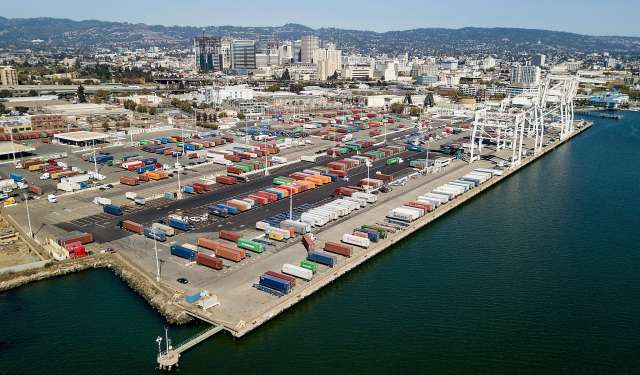
A town hall meeting this week examined the negative consequences of placing John Fisher’s privatized, multibillion dollar real estate development on publicly owned land at the Port of Oakland, the region’s thriving and growing economic engine.
More than 100 people attended the town hall on Wednesday, which was live on Zoom and Facebook. Councilmembers Carroll Fife and Noel Gallo were among those who attended.
Speakers included voices of those who are directly impacted by the project: members of the longshore union, the ILWU, who said the project was a dangerous threat to the livelihood of port workers, over 70% of whom are Black; representatives of the Pacific Merchants Shipping Association and several of the largest businesses based at the port; and Paul Cobb, publisher of the Oakland Post.
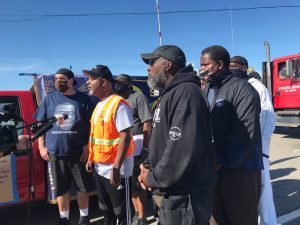
ILWU Local 10 President Trent Willis, with other union members, speaks on June 19, 2020 about shutting down West Coast ports for Juneteenth. Photo by Workers World, Judy Greenspan.
Though called a baseball stadium project, the massive, luxury real estate development is what backers have called a “city within a city.” Besides a stadium, the plan calls for 3,000 luxury condominiums, with no guaranteed affordable housing; 1.5 million square feet of high-rise office space; a 400-room hotel; retail shopping; and a performance venue with seating for 3,500.
Linda Adams, a member of the ILWU who is who is one of the workers “responsible for moving the cargo on a daily basis,” said, they are “compromising our jobs.”
“They say they can build these high rise luxury condos, and (we) can work around them. But we’re moving cargo around the clock, (with) thousands of (workers), trucks and cargo coming into the port.” She pointed out that luxury tenants will go to court to stop the noise, pollution, bright lights and thousands of daily trucks and railroads that are wrecking their days and nights, pushing companies to leave Oakland for other West Coast ports.
Susan Ransom, representing SSA Marine, the Port’s largest tenant, said the Port has over 84,000 total employees and moves the products on which everyone depends – food, household goods and medical supplies
“We have grave concerns about the A’s (stadium) project,” she said. ”We operate 24/7, (our work) would not be stopped during a game” or for a fireworks display.
Mike Jacob of the Pacific Merchants Shipping Association which represents employers, said, “We have real issue here. Do we want to preserve our industrial base? Do we want to make Oakland a smaller kid’s version of San Francisco? Should Oakland continue to be a blue-collar city with good blue-collar jobs.”
Jacob said he was talking with the A’s, but they stopped meeting with him in 2019 when he raised concerns that would be expensive to mitigate. “You don’t have to be either pro- or anti-baseball to be pro-port,” he said.
ILWU business agent Aaron Wright, broadcasting live from on top of a port crane, showed the basin where ships have to turn around, which would be impacted by the project, and the Howard Terminal property, where thousands of trucks park daily instead of where they parked in the past on West Oakland and other neighborhoods’ residential streets. “One day at the port can do more for the economy than all of the team’s home games,” he said. “You can’t bring in thousands of sports fans to block all of this.”
Andrea Luna Bocanegra, who works for a manufacturing company that does business with the port, said that disrupting shipping at the port would cause a ripple effect, damaging manufacturing businesses throughout Northern California that utilize the port as a dependable way to ship their products and the receive goods they need to run their operations.
Post publisher Paul Cobb said the newspaper has been discussing the different sides of this issue and hopes to help clear up the confusing messages the public is receiving about whether this project will help or damage the prospects of good jobs for Oaklanders.
Cobb displayed an Alameda Labor Council flyer promoting jobs for Blacks. He said “it’s encouraging to see Labor unions join the fight to hire and protect Black workers. By working together with civil rights groups we can finally expand the narrow definitions of PLA’s (project labor agreements) and redefine them as CLA’s (community labor agreements) that will hire Blacks and formerly incarcerated across all trades.”
“We are being lobbied on both sides of this issue,” he said. “Some say Howard Terminal is no longer vital to port operations, but others it very important to the economy” and to keep the port running daily.
A number of people submitted written comments during the Zoom meeting.
Housing rights activists James Vann wrote, “There are innumerable negatives from placing an A’s stadium at Howard Terminal. Can anyone name just one benefit from placing the stadium at this location within the Port?”
BART Director Robert Raburn, wrote, “A significant and unmitigated impact is public safety at the unprotected railroad grade crossings.”
“In addition to BART, I also serve on the governing board for the Capitol Corridor, which operates 30 passenger trains. a day on West Embarcadero (and) another 20 trains deadhead to the Amtrak yard each day,” he said.
“No stadium in the US permits postgame crowds of up to 35,000 to risk crossing mainline railroad tracks at-grade! The costs to mitigate these hazards are not included in the (A’s) ‘term sheet.’”
Organizers of the townhall are asking community members to attend the City Council meeting Tuesday, July 20. The council will consider voting on a non-binding resolution regarding the term sheet for the development. Public comment begins at 9 a.m.
People are encouraged to email council members at https://form.123formbuilder.com/4755450/
The video of Wednesday’s town hall can be watched on Facebook at https://fb.watch/6M9NiSMAxc/
Activism
Oakland Post: Week of July 24 – 30, 2024
The printed Weekly Edition of the Oakland Post: Week of July 24 – 30, 2024
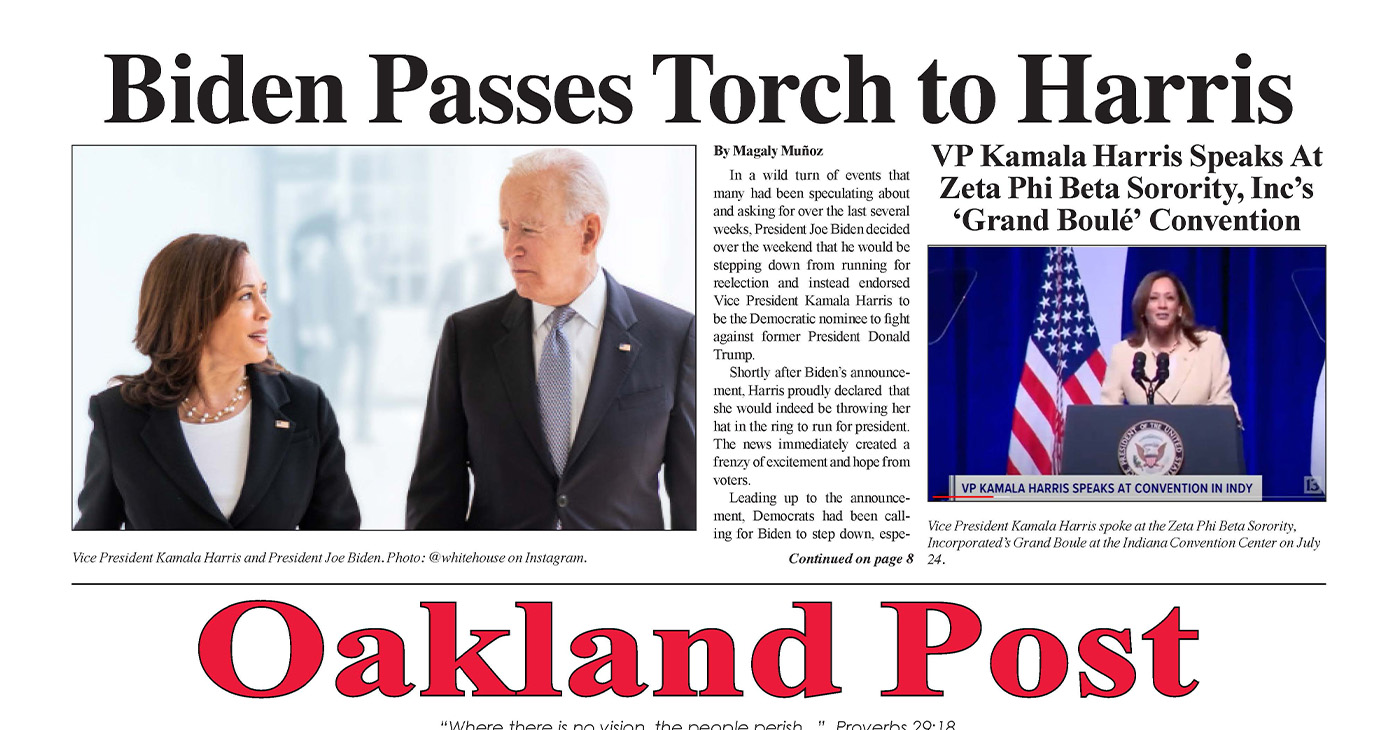
To enlarge your view of this issue, use the slider, magnifying glass icon or full page icon in the lower right corner of the browser window. ![]()
Activism
Oakland Post: Week of July 17 -23, 2024
The printed Weekly Edition of the Oakland Post: Week of July 17 -23, 2024

To enlarge your view of this issue, use the slider, magnifying glass icon or full page icon in the lower right corner of the browser window. ![]()
Bay Area
Op-Ed Senate Bill 966 Threatens Health Equity in East Bay
My East Bay community is struggling to get by. A proposed State Senate bill would set us back even further. Serving the East Bay community has been my life’s work and my greatest joy. After leaving the Bay Area to complete my seminary, I returned home to found The Community Church in Oakland. From the outset of my time as the church’s pastor, I have been guided by the belief that my service must extend beyond the pulpit, because the health and economic needs of my community are so great. Our church has organized free food banks, COVID-19 testing clinics, and a housing and re-entry program for those suffering from addiction.
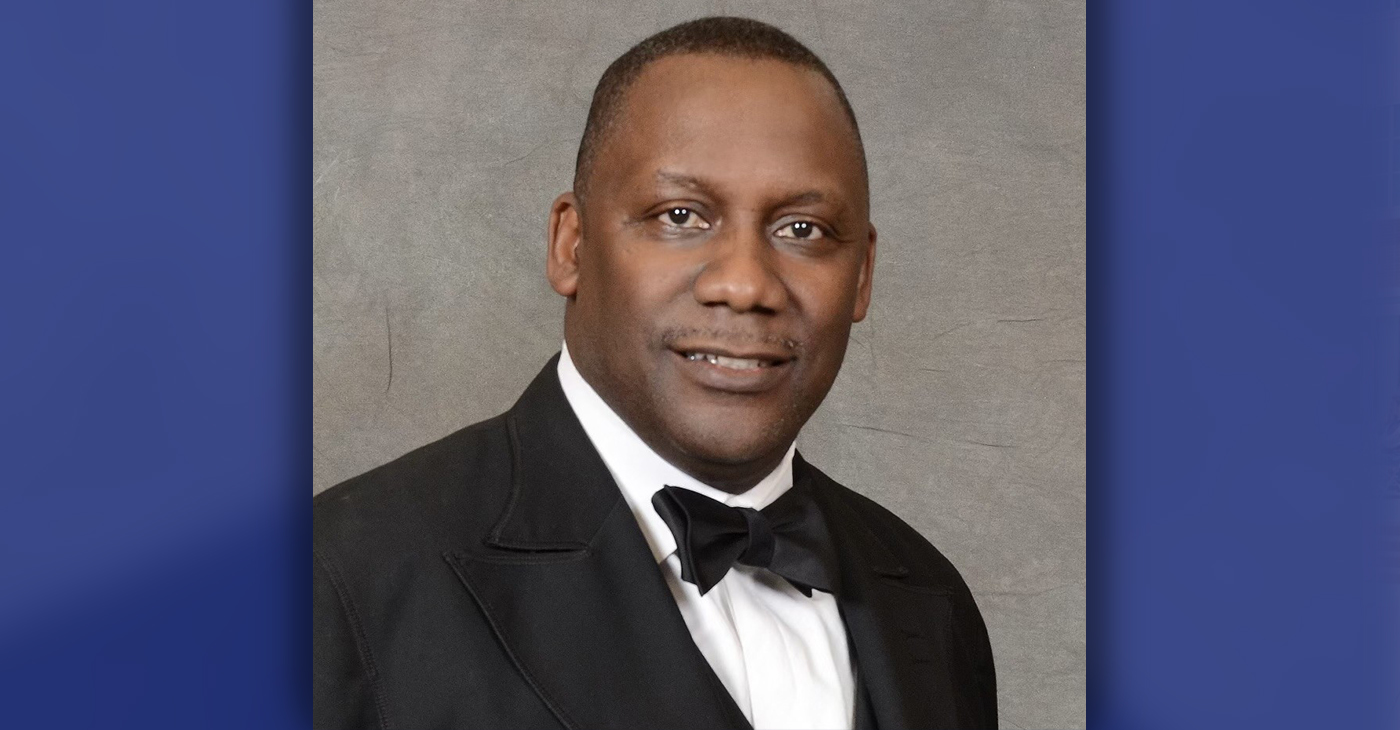
By Rev. Dr. Lawrence E. VanHook
Special to the Post
My East Bay community is struggling to get by. A proposed State Senate bill would set us back even further.
Serving the East Bay community has been my life’s work and my greatest joy. After leaving the Bay Area to complete my seminary, I returned home to found The Community Church in Oakland.
From the outset of my time as the church’s pastor, I have been guided by the belief that my service must extend beyond the pulpit, because the health and economic needs of my community are so great. Our church has organized free food banks, COVID-19 testing clinics, and a housing and re-entry program for those suffering from addiction.
Through my service, I have seen the challenges that our community members are facing. Oakland, my hometown, has the third-highest rate of violent crime in the state. The local economy is strained. Oakland-based businesses are leaving our community because they’re struggling to get ahead.
Both East and West Oakland has disproportionately high rates of respiratory illness due to heavy air pollution. While our local efforts have brought some aid to those in need, we are also counting on our state elected officials to help us address the systemic health disparities afflicting the community.
Chief among the health concerns of community members is having reliable and affordable access to prescription drugs. Equitable access to medications gives us the peace of mind that we can keep ourselves and our families healthy and safe. Our community should not have to choose between paying rent or purchasing prescriptions.
Unfortunately, rather than taking action to combat soaring prescription drug prices, some California lawmakers are pushing legislation that could raise patient costs at the pharmacy counter.
The Legislature is currently considering SB 966, a bill backed by special interests that would undercut the few tools we have to keep prescription drug costs contained, letting big drug companies increase their prices, profiting on the backs of working families – some of whom already live paycheck to paycheck.
SB 966 would target the fundamental programs through which small businesses, unions, and government health programs are able to offer their employees and members quality and affordable healthcare. Millions of Californians rely on these plans to obtain essential medications at the lowest-possible cost.
The bill would make it illegal for employers and unions to incentivize the administrators of their prescription drug plans to negotiate for the lowest possible cost for prescriptions. Right now, small businesses and unions can choose to pay these administrators more for taking on big drug companies and securing discounts – a choice that will be outlawed under this bill.
As a result, employers will have no leverage to stop big drug companies from setting sky-high prices, disproportionately impacting working families.
As these health costs quickly add up, employers will have little choice but to pass the increases down to their employees. That means California patients will see higher healthcare costs and co-pays.
From my perspective, most concerning is that the bill would exacerbate the health disparities impacting my community and other underserved populations. If SB 966 becomes law, the most vulnerable may be forced to skip prescription doses, stop filling their prescriptions, and avoid essential care.
By rejecting this cash grab by big drug companies, our state elected officials can send a clear message that they stand with the community, patients, and working families.
We cannot afford SB 966.
Rev. Dr. VanHook is the founder and pastor of The Community Church in Oakland and the founder of The Charis House, a re-entry facility for men recovering from alcohol and drug abuse.
-

 Arts and Culture3 weeks ago
Arts and Culture3 weeks agoRooted in Tradition: The Intricate History of Black Hair Braiding
-

 Bay Area4 weeks ago
Bay Area4 weeks ago“I Will Not Be Bullied,” Says Oakland Mayor Sheng Thao
-

 Bay Area2 weeks ago
Bay Area2 weeks agoPG&E Increases Rates While Bay Area Households Are Struggling to Stay Afloat
-

 Business3 weeks ago
Business3 weeks agoGov Newsom: Raising Fast Food Minimum Wage to $20 Pays Off as Jobs Multiply in Industry
-

 Activism4 weeks ago
Activism4 weeks agoOpponents of Mayor Sheng Thao Are Calling on Her to Resign Following FBI Raid
-

 Bay Area2 weeks ago
Bay Area2 weeks agoJuneteenth Mass Shooting Suspect Charge with Multiple Counts of Felony Assault by Alameda County DA Pamela Price
-
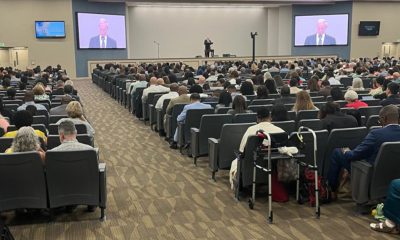
 Community1 week ago
Community1 week agoHundreds Come to Jehovah’s Witnesses’ Assembly Hall for Three-Day Program of ‘Good News’ in Fremont
-

 Activism4 weeks ago
Activism4 weeks agoOakland Coliseum Sale to AASEG: A Model for Community Development and Inclusion

















































